You’ve probably heard the saying that 90% of language is non-verbal. Well that’s actually somewhat true. While it’s not an exact measurement, that saying goes back to the 60’s when psychology professor Albert Mehrabian developed the “7%-38%-55% Rule”.
Basically through research he found that 55% of communication is through body language, 35% through tonality, and 7% of communication was specific words.
This research has been highly debated, but the exact numbers don’t matter. The overall idea is clear.
BODY LANGUAGE IS A HUGE PART OF COMMUNICATION.
Body Language, tone of voice, and physical appearance do a lot of our communicating for us. Most people aren’t aware that spoken language aside, our brains are sub-consciously processing micro-expressions, general ‘vibes’, and appearances to judge pretty much everyone we come into contact with.
However, for a more accurate and conscious understanding of why you might be getting ‘good vibes’ vs. ‘bad vibes’, it’s important to understand some body-language basics.
Let’s dive in.
Understanding How Most Humans Sub-Consciously React To Body Language
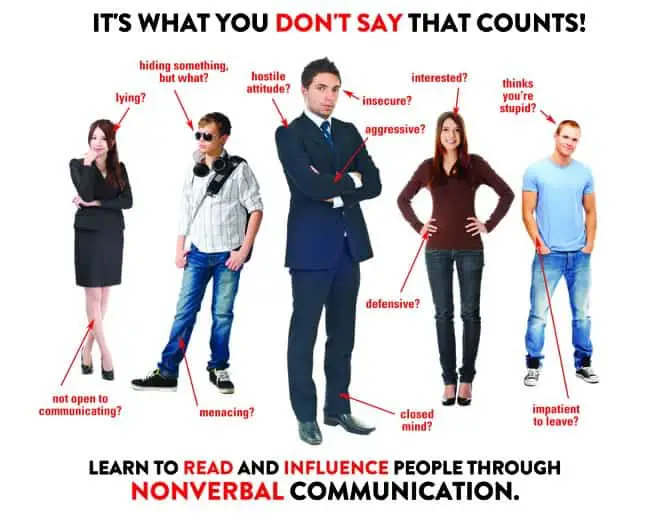
If you were walking down the street, and with-out a word, someone pretended to throw a punch at you, how would you react? Likely with-out even thinking, you’d subconsciously react, by running, flinching, or throwing a punch right back.
Reacting to a fake punch is an easy sub-conscious re-action to recognize, but what about if someone crosses their arms, or makes awkward eye contact while talking to you? Are you aware of how your body naturally reacts?
By understanding non-verbal cues (vibes) you can be more conscious about what your sub-conscious is picking up, and more aware of how you’re presenting yourself to others.
Reading And Interpreting Body Language (vibes)
Reading body language isn’t an exact science. Just because someone has their arms crossed it doesn’t necessarily mean they’re turned off by you, maybe they’re just cold. Reading body language can give an indication of how someone may be feeling, but it’s not a guarantee.
Posture And Position
Your posture can say a lot about you, how your feeling, and what you may be thinking all with-out you even saying a word.
1. Crossing Your Arms or legs – Crossed Arms And Legs Signal Resistance To Ideas.
- Open posture involves keeping the trunk of the body open and exposed. This type of posture indicates friendliness, openness, and willingness.
- Closed posture involves hiding the trunk of the body often by hunching forward and keeping the arms and legs crossed. This type of posture can be an indicator of hostility, unfriendliness, and anxiety.

2. Turning Away From The Person You’re Speaking To
Sitting up straight or aligning your body to who you’re talking to can indicate that you’re focused and paying attention to what’s going on.
The reverse is also true, turning away, slouching, or sitting with the body hunched forward indicated that you’re bored or uninterested.
3. Copying (mirroring) Your Body Language Is A Good Thing.

If someone’s copying your body language take it as a compliment. “”Mirroring “”is when someone copies the body language, sayings, or general vibe of someone else.
Most people aren’t even aware they are ‘mirroring’ and just do it subconsciously. Copying body language can indicate an interest or attraction to someone.
Gestures
Aside from general body position, specific hand, head, and foot movements can be tell tale non-verbal signs.
1. Messing With Your Clothing.
Adjusting your clothing can indicate that you’re feeling uncomfortable, anxious, or uneasy. If you’re adjusting your clothes and avoiding eye contact it can give the appearance of disapproval or dishonesty.
2. Inspecting Your Fingernails (or checking your watch)
Both of these non-verbal cues have the same effect. Signaling boredom!
3. Touching Your Nose, Mouth, Face
By touching your face, especially on the nose, this body language if generally interpreted as an indication of non being 100% honest.
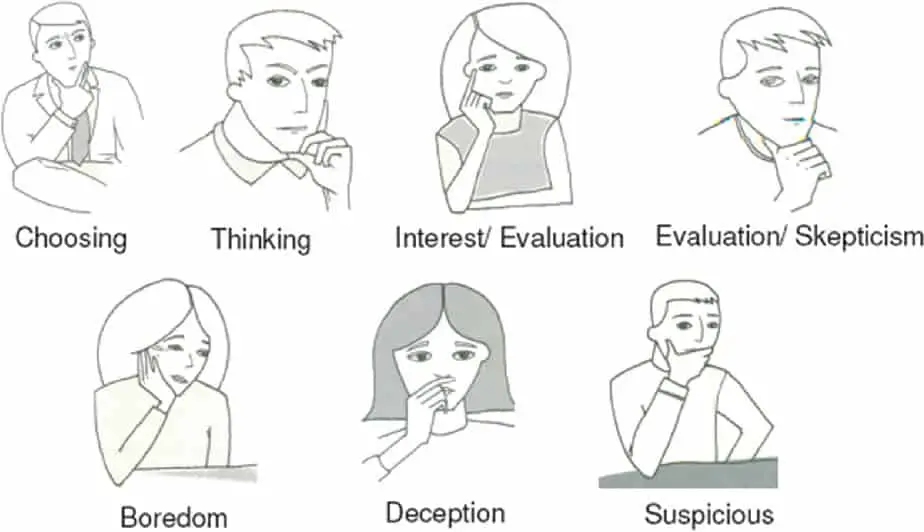
Also, covering up your mouth is a common gesture known as “blocking”. People often subconsciously touch their face when they’re lying.
As a general rule of practice, try to keep your hands away from your face when you’re talking to someone.
4. Finger Tapping And Foot Shaking.
This body language is fairly obvious and can indicate someone who is stressed, anxious, or bored.
5. Nodding Your Head.
Exaggerated head nodding can signal subconscious anxiety about wanting approval from somebody.
Subtle head nodding can indicate either agreement or disagreement with a statement. If someone is telling you how happy they are, but shaking their head “no”, this could be an indication that they’re not being completely transparent.
6. Looking Down At Our Phones
By looking down at your phone you’re indicating that your phone is more important than what’s in front of you.
Amy Cuddy who is a Harvard professor and social psychologist puts it best when she say that when you are engrossed in your electronic device, you are sending a distinct message to everyone in the room with you, with your body language and with your actions, that whatever is going on virtually is much more important than interacting with them personally.
Proximity And Touch.
There’s a big difference in how you speak to someone in an intimate conversation as compared to how you would speak to an audience. The same is true for communicating with business associates as compared to your friends at a bar.
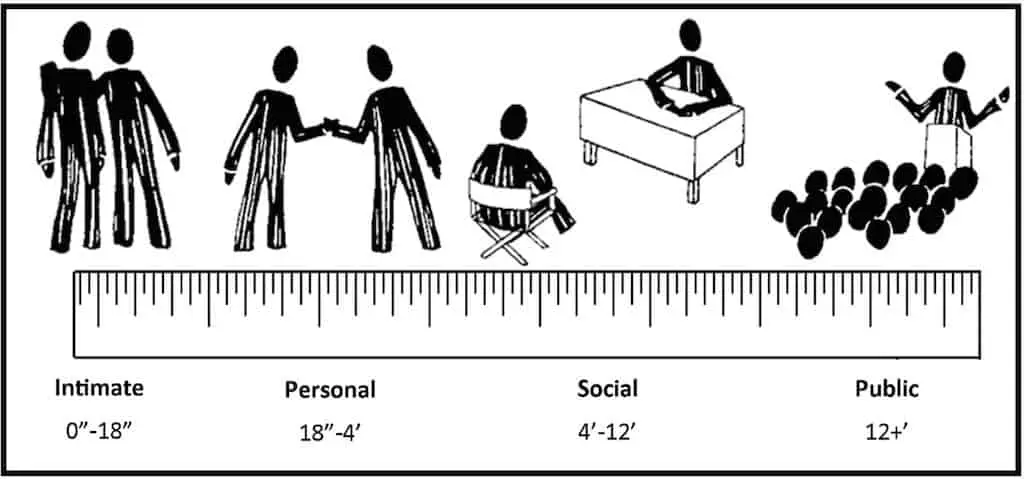
Here’s some examples of how your proximity can set the vibe with-out saying a word.
- Public Proximity Space – 12-25 Feet
- This is an average distance for public speaking or speaking to an audience.
2. Social Space – 5-12 Feet
- This is an average distance for conversations with business associates or with people who you’re not real familiar with.
3. Personal Space – 2-5 Feet
- Personal space is reserved for friends and family members. Close conversations dive deeper into your comfort zone.
4. Intimate Space – 0-2 Feet
- Close proximity intimate space is reserved only for your closest friends and family members, usually your most trusted and loved inner circle. Intimate space usually includes whispering, embracing, kissing, ect.
Facial Expressions (Micro-Expressions)
Eyes
The eyes have been commonly known as “the windows to the soul”. This is because your eyes can reveal a whole lot about you with-out ever saying a word.
- Gaze And Eye Contact
When someone maintains eye contact while having a conversation it can signal interest and respect, but maintaining eye contract for too long can feel creepy or threatening.
Also, lack of eye contact can signal being distracted or hiding your thoughts and emotions.
2. Blinking
If someone is blinking obsessively with lots of fluttering eye movements it can signal a sign of anxiety, distress, and being uncomfortable.
While blinking less frequently can signal that someone is trying to conceal their feeling and emotions.
3. Eye Blocking
Eye blocking is exactly what it sounds like, hiding your eyes. Most people eye block sub-consciously when feeling distressed. Eye blocking can indicate wanting to hide, dishonesty, or irritation. Here’s a couple examples of eye blocking.
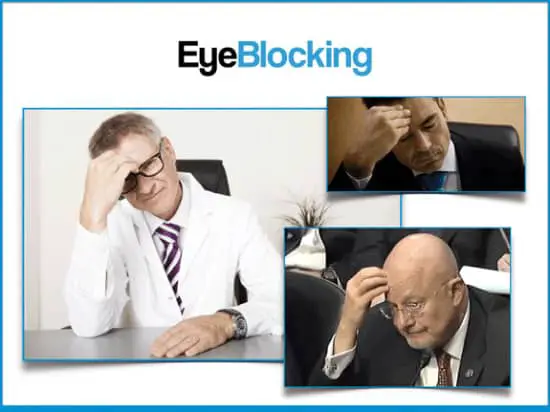
- Blocking your eyes with your hands
- Looking away
- Closing your eyes for extended periods
- Exceptionally long blinking
- Excessively rubbing your eyes
- Hard squinting
4. Real Smiles Crinkle The Eyes
Everyone’s seen those fake insincere smiles. My 5th grade teacher and Nancy Pelosi both had the same fake smile.
Smiling with raised eyebrows and eyes wide open usually comes across as insincere. It’s important to remember that real smiles crinkle the eyes.
Eye Brows
Eyebrow micro-expressions can be difficult to detect because they often have multiple interpretations depending on other facial movements.
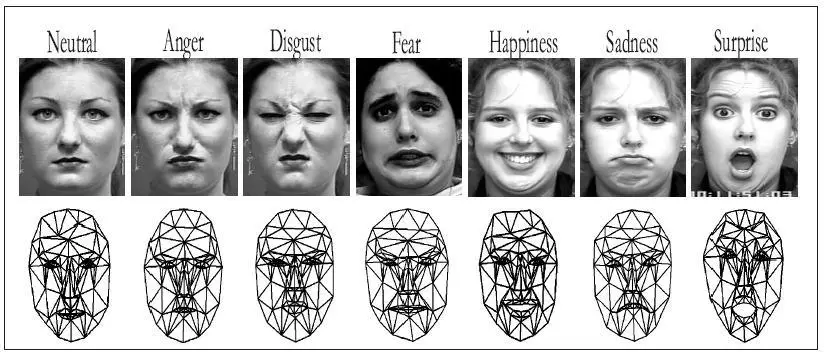
- Raised Eye Brows
We often raise our eye brown when greeting someone were familiar with. This is usually a quick raise and can be accompanied by a head nod.
We also raise our eye brows when surprised or when giving direction. This is usually a longer and more lingering brow raise.
- Lowered Eye Brows
Lowering your eyebrows is a more aggressive micro-expression. Lowered eyebrows indicate emotions of anger, disagreement, dominance, or sadness.
Mouth
- Chewing On Your Lip
Lip biting can have a couple meanings. Typically subconsciously biting on your lip indicates feelings of insecurity, or being anxious and worried.
Consciously chewing on your lip especially while making eye contact can signify a more flirtatious vibe.
- Smiling
A smile is a powerful and universal signal that indicated friendliness. A forced smile or a smile that seems ‘out-of-place’ can also be a tell-tale sign of suppressed emotion or ambiguity.
Clothing Choice
It’s true that you shouldn’t consciously “judge a book by its cover” but sub-consciously our brains are hardwired to do just that.
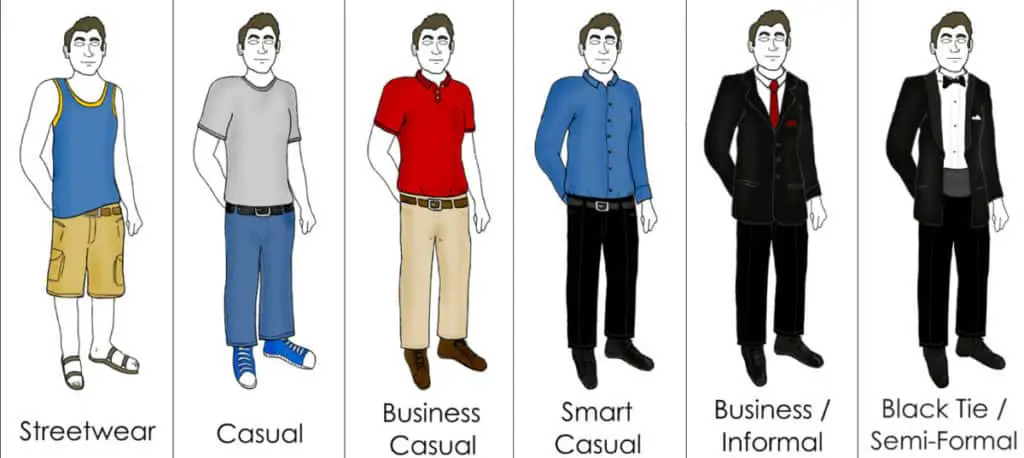
Deep seeded in the interworking’s of the human brain is the primitive need to quickly judge and identify friend or foe. Your clothing choice may not reflect who you truly are, but it does indicate to people how to interpret your vibe based on first glance.
While we’ve all been taught “not to judge a book by its cover. Subconsciously we can’t help it.
According to researchers, here’s what vibe your clothing is giving off.
- Light color: fresh, open, louder, flexible
- Dark color: calm, sophisticated, soothing, precise
- Bright color: energetic, cheerful, stimulating, responsive
- Straight lines: formal, crisp, strong, persuasive
- Curved lines: casual, graceful, romantic, approachable
- Firm fabrics: stable, official, grounded, classic
- Pliable fabrics: casual, agreeable, relaxed, temporary
Tone Of Voice
As someone who has traveled to a few different countries I’ve found that tone of voice can be translated across any language. When you’re upset, happy, excited, or sad it doesn’t matter what words you say, your tone of voice says it all.
Why Is Understanding Body Language Important?
By recognizing and understanding what signals other peoples’ body language is giving off, it makes it that much easier to be self-aware and conscious of your own body language.

It’s important to be able to read other people’s general vibes and read between the lines of what their really feeling instead of what they’re telling you they feel.
When you understand that other people are picking up on your vibes just like you’re picking up on theirs, it can give you an advantage in your ability to communicate clearly. By consciously understanding body language you can gain the upper hand in business situations, your ability to relate to friends and family, and your ability to convey empathy and openness to those who you may not be quite as familiar with.
Conclusion
In today’s technology driven world filled with e-mails, texts, social media, and zoom calls it’s really easy to misunderstand each other.
Communication and reading in-between the lines is becoming a lost art. By better understanding how humans communicate, you can better understand how you communicate, and better understand what your body language is sub-consciously saying about you.
Also, when you have a deeper conscious self-awareness for yourself, it makes it easier to relate and read other peoples vibes as well.
By truly understanding other peoples vibes, you’ll be able to create a deeper level of connection and common understanding for reality and truth.
Loved what you read?
Hit that share button and let the world in on the secret – we’d be thrilled!
Got thoughts? We’re all ears for your feedback, corrections, or a good old chat. Don’t be shy; drop us a line.
And hey, don’t miss out on our curated list of must-reads in the recommended books section.
Big thanks for diving in with us today!


